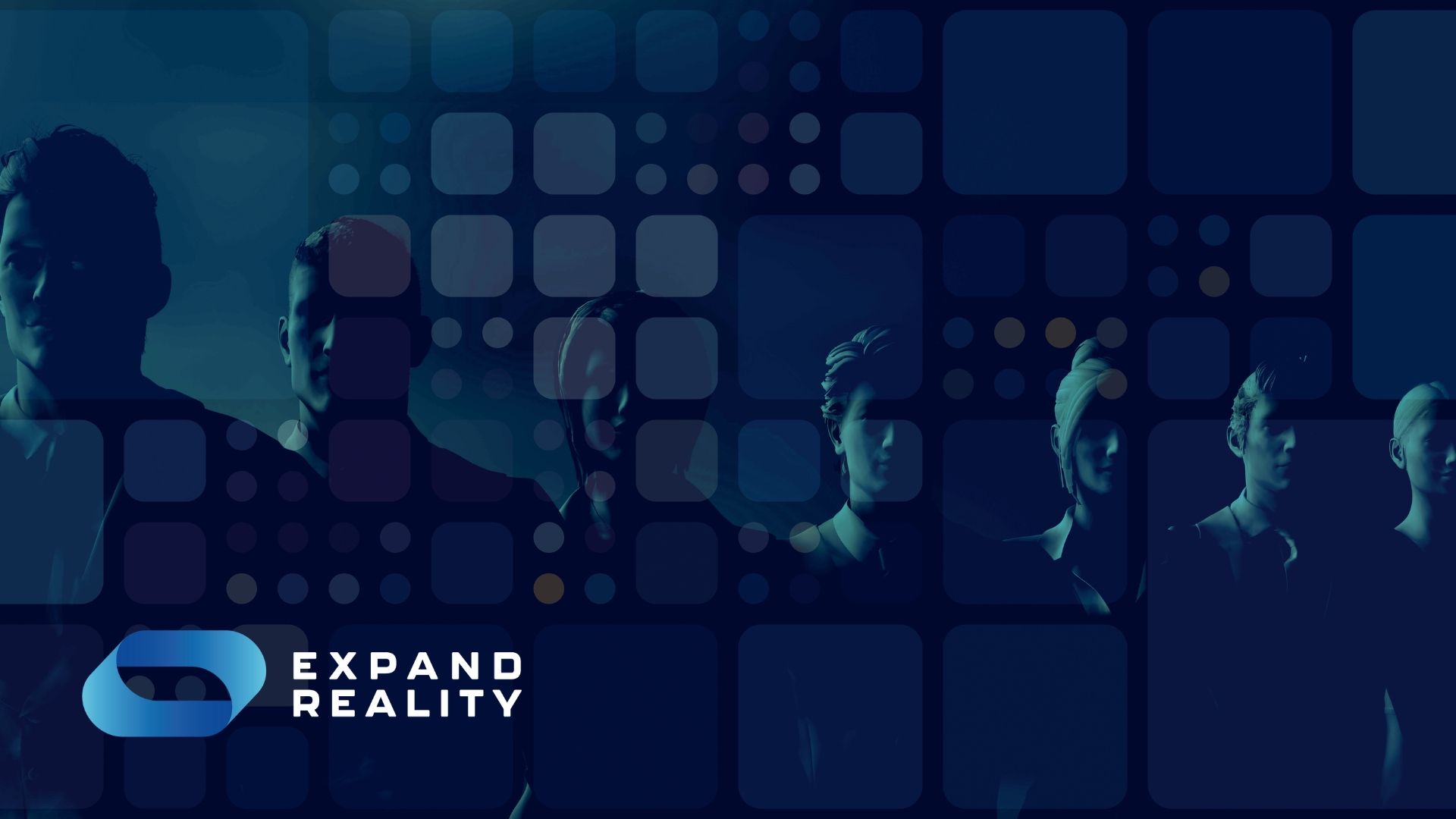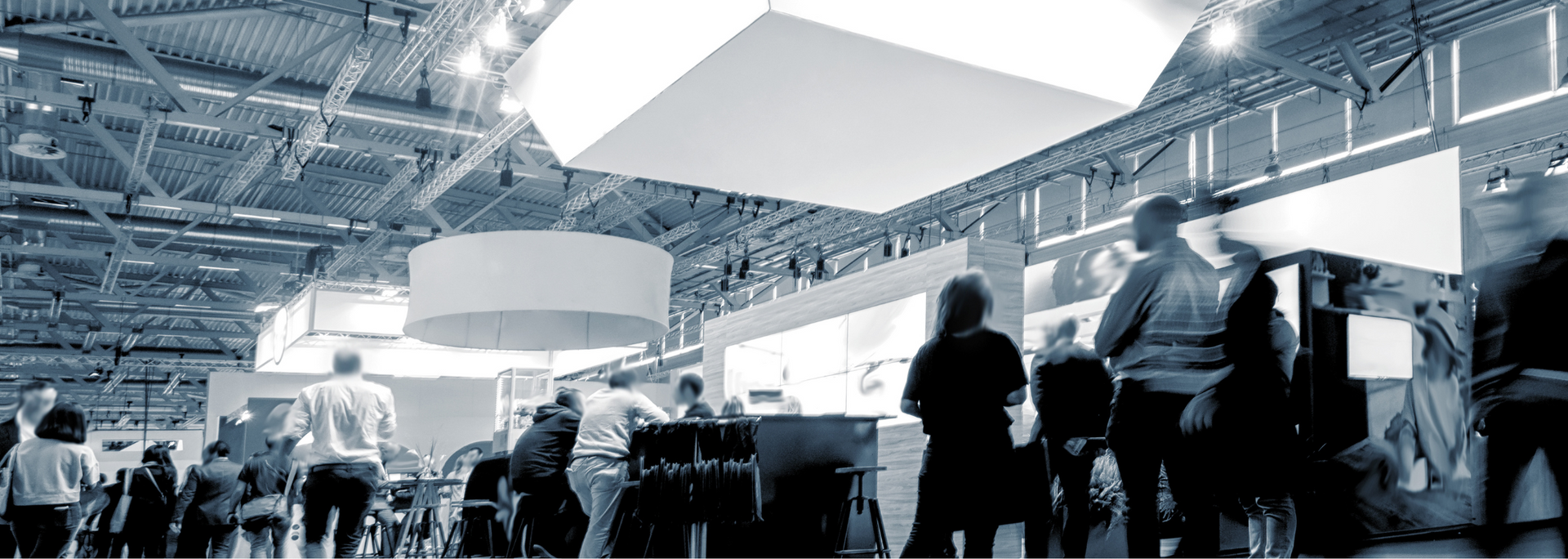hello@simplyvideo.io
Is WebXR the future of marketing?
The internet is always changing. Now, companies can provide XR experiences via browser thanks to something called "WebXR". Find out more today.

Think of extended reality (XR) and what do you see? We bet our bottom dollar that the first image that comes to mind is a VR headset.
To the person on the street, XR and headsets go together like Sonic the Hedgehog and the Sega Mega Drive.
This is partly because headsets still look futuristic. Our eyes are slowly adjusting to VR gaming arcades and XR headsets in industrial settings. However, the novelty factor hasn't worn off just yet.
In fact, XR is a broad church. There are headsets, smart glasses and Apple's new "spatial computer", the Vision Pro – but there's also WebXR.
In this article, we dig into WebXR – what is it, how it works and whether it could change the way we interact with XR tech.
What is WebXR?
For most of us, XR experiences are accessible through a combination of expensive hardware and specialised software. And for developers, XR experiences are built with highly specialised and complicated code.

WebXR simplifies things for both groups.
"WebXR" is an umbrella term for a bunch of web platform APIs. Using a WebXR platform, you can create VR and AR experiences without knowing any code – and you can deploy them on the web. You don't need to give yourself a headache accounting for hardware compatibilities.
That means someone with a headset can view your XR experience through the browser on their headset. It removes the need to download and install specialised apps.
It's a bit like Canva for XR. Want a flyer for your village fete? Canva will give you templates and drag-and-drop elements. WebXR platforms do something similar – but you're creating 3D assets, 360° videos and virtual environments.
It's an exciting and practical advance in XR development that manages to circumvent a number of design issues.
The first is that XR is hungry for computing power and chomps up data for breakfast – far more than a static image or 2D video. Without this diet, XR experiences tend to drag, lag and lack definition.
In practice, this means that XR pushes the limits of web browsers. WebXR circumvents this problem by being an interface between browsers and devices. It's this betweenness that allows you to access detailed, immersive 3D scenes at the right frame rate via your browser.
At the time of writing, WebXR can be used on Chrome, Edge, Samsung Internet and others – but as the technology evolves, the exact list is subject to change. It's also available via Safari on Vision Pro – the new spatial computer from Apple.
What does it offer?
We mentioned graphic design software-as-a-service platforms like Canva above. WebXR does something similar. It offers project templates – from immersive artwork to 360° videos; from 3D models to virtual environments – that can be customised for your website.

This "no-code" approach is invaluable. It means you can create cutting-edge XR experiences without having to sink a whole lot of time and money into a new set of skills, tools and resources.
And it's interoperable – a word you hear flying around a lot in XR circles. This means developers don't need to create separate versions of XR experiences for different platforms. Like a cloud-based website-building platform, it gives you a design that can be dropped into a multitude of browser environments.
What is the business case for WebXR?
What do customers want from brands? There's no single answer to this question. But novel, entertaining shopping experiences are clearly in demand.

Did you know that 71% of Zoomers want a more personalised shopping experience – and that 83% want it to be more entertaining?
WebXR allows you to provide this with an easy-to-use interface that doesn't require any coding knowledge.
Some possible applications include:
- Item packages. Let's say you sell tofu. Your website could provide an AR demonstration of how to prepare it – or visualisations of nutritional stats.
- In-store virtual experiences. Want to show people what to expect from a product? Let them scan a QR code and enter a virtual realm to find out for themselves.
- Virtual try-ons. Want to buy that zoot suit but not sure it'll fit? WebXR can provide a virtual try-on experience – a surefire way of lowering your rate of returns.
- Virtual makeup. This is another form of AR "try-on" where you check that a shade of makeup works for you. This can be done in-store or online.
- Furniture testing. Upload a photo of your room and drop different items of furniture into it.
All of these applications provide customers with a novel and entertaining experience – and it allows them to explore your products in more detail. That means more engagement and fewer returns.
Tips for WebXR developers
A big part of WebXR's appeal is that it's "no-code". In theory, you can be luring new customers to the tills in no time.
But like all marketing, WebXR experiences need to be the product of thought and research.
Not every immersive experience will work on your website, so you need to make sure you're opting for content that suits your brand.
And while you don't need to be a coder, you do need to have an eye and ear for game-like 3D environments – something very different from the 2D content you've been using so far.
Research is king. What are other brands doing? Did it work? How could it be improved? Can it be customised to suit your brand and your business plan?
Finally, what do people want? Market research allows you to deep dive into customer expectations and desires. That way, you can target them all the more effectively with immersive XR content.
The bottom line
WebXR is unique in combining all the possibilities of XR tech with the open, accessible nature of the humble – but powerful – internet browser.
So if you're looking for a way to up your marketing game, WebXR could be the answer.
At Expand Reality, we stock a range of industry-leading assisted and
augmented reality headsets. Want to talk all things XR? Feel free to
get in touch.

Contact Us
Connect global teams. Collaborate with remote experts. Streamline processes and unlock cost savings with industry-ready extended reality technology.
Contact Info
hello@expandreality.io
Gemini Business Park
Sheepscar Way
Leeds
LS7 3JB
All Rights Reserved | Expand Reality







